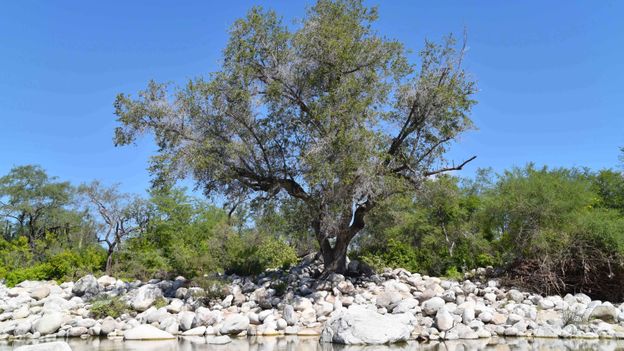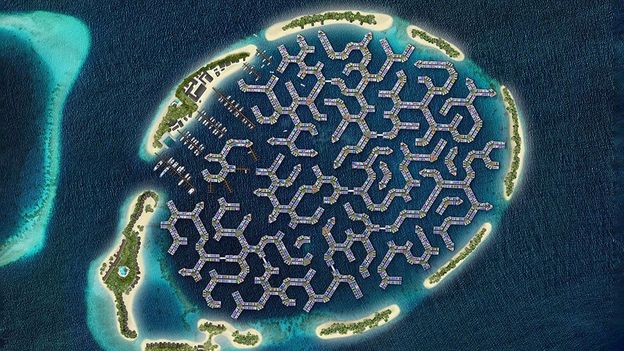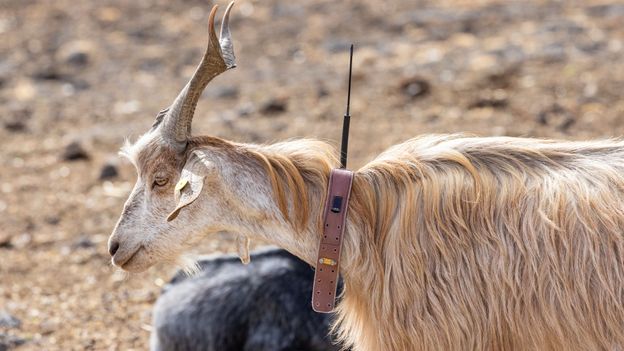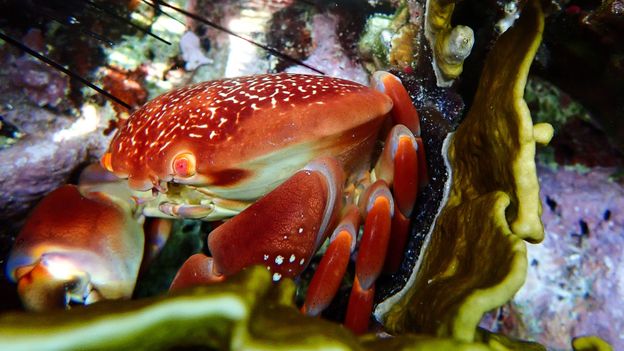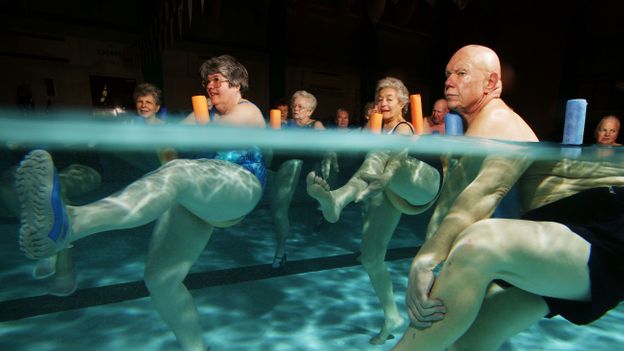It’s the heavy breath that’s so striking. A gulp of air, drawn by the dolphin calf’s collapsing lungs as it lies stranded on the sands of Cape Cod, Massachusetts. There’s something almost human about the desperate gasp from its blowhole, which makes the sound all the more harrowing.
“When these dolphins strand it’s equivalent to a human being in a car accident,” explains Brian Sharp, the director of the International Fund for Animal Welfare’s (Ifaw) sea mammal rescue team. “They’re feeling the full effects of gravity for the first time, plus the stress and shock.”
The calf has not only been separated from its mother, who has beached 20m further along the shore, it’s also entered an alien world hostile to survival. (Watch the efforts to save the dolphins here.)
The seawater around the calf is rapidly draining with the tide. Stuck in shallow, seaweed-tangled water, the sensitive skin of a dolphin can develop third-degree burns in minutes if left unprotected in the summer sun. The stress of the stranding can also lead to capture myopathy syndrome, where dehydration and exhaustion combine to create rapid, stress-induced muscle degeneration. Heart muscles can often be the first to go.
More dolphins run aground on this stretch of Cape Cod shoreline than almost anywhere in the world. More than 400 strandings happened in 2019, and in August 2020, 45 dolphins beached in one day alone.
The good news is that the Ifaw team has shown it is possible to increase survival rates from such strandings significantly. “When we started doing this back in 1998, the release rate was barely 14%,” says Sharp. “Over the years, as we’ve introduced new technology, new protocols, new techniques; that percentage has increased to over 78%.”
And they are not the only groups using new approaches to save beached ocean mammals. So, what’s changed, and what might the future hold for rescuing greater numbers of these charismatic sea creatures?
You may also like:
The tidal range of Cape Cod Bay is so large that over 50 sq km (19 sq miles) of sand flats are revealed by the retreating water every day. For the pods of dolphins who chase their food here, the shallows can all too quickly turn into a maze of draining water. In the past, the chances of survival were poor.
“Prior to 2010, the leading thinking was that anytime a single dolphin stranded the animal must be sick, diseased, separated from its group and the only responsible thing to do was euthanise it. [But] we can give the animal a second chance,” Sharp adds.



